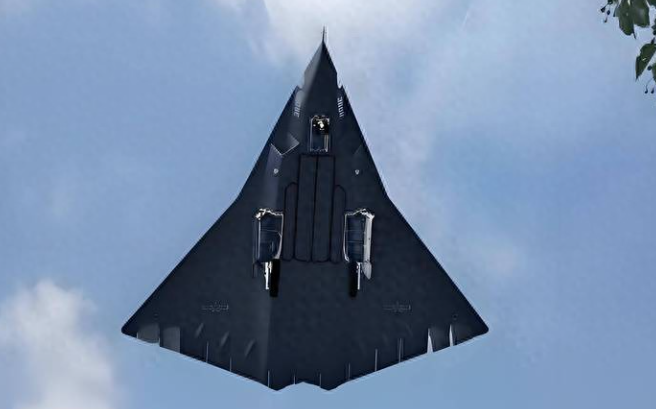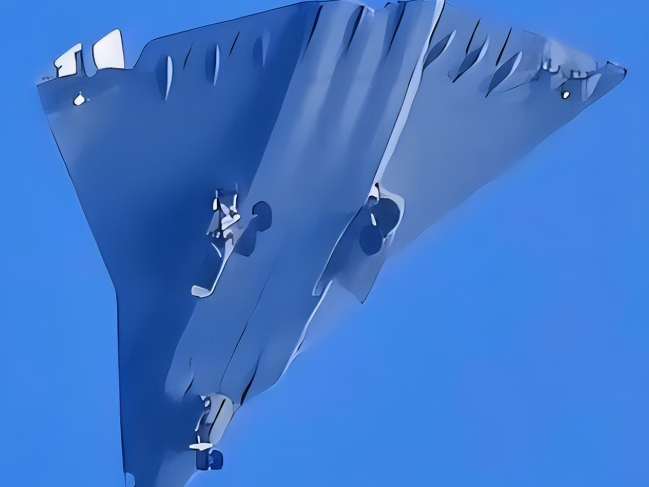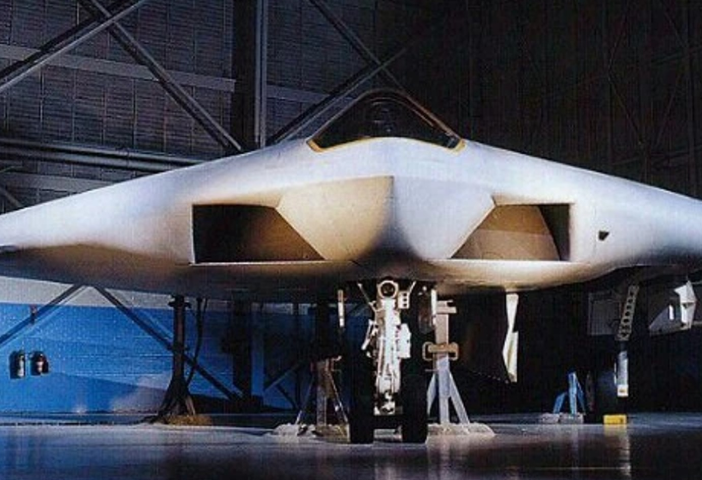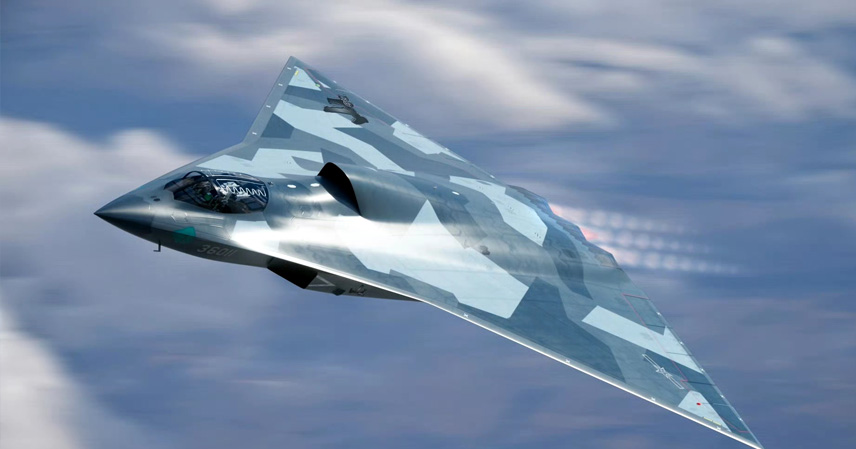The global aerial power landscape is undergoing significant shifts. According to the latest report from the U.S. Congressional Research Service (CRS) in September 2025, the Pentagon’s focused analysis of China’s J-36 has become a hot topic in NATO defense circles. Over just two months, top American military think tanks and intelligence agencies have worked around the clock to answer one critical question: what capabilities has China’s next-generation sixth-generation fighter truly achieved? The findings have exceeded all expectations.
NGAD Delays and the J-36 First Flight Shake the West
While the U.S. Air Force’s NGAD project remains bogged down in presentations and budget disputes, China’s J-36 prototype completed its maiden flight in late December 2024, with high-definition flight test footage continuing to emerge in the following months. In August, the European Defense Analysis Center reported that the J-36’s diamond-shaped double-delta wings, three-engine layout, and innovative stealth materials demonstrate exceptional aerodynamic optimization and radar cross-section reduction capabilities.

U.S. intelligence data indicates that by early 2025, the J-36 had completed multiple tactical tests, achieving key metrics in range, payload, and supersonic cruise consistent with sixth-generation fighter standards. The Pentagon’s satellite reconnaissance team confirmed, through multi-source analysis, that the J-36 possesses the ability to simultaneously track multiple targets and execute intelligent formation operations. This revelation has undoubtedly exerted immense pressure on Western aerospace industries.
Two Months of Intense Study Yield Revolutionary Conclusions
Over the past two months, the U.S. Air Force, the Defense Intelligence Agency, RAND Corporation, and multiple defense think tanks have conducted extraordinary joint research on the J-36. The Pentagon assembled a specialized task force of technical experts, employing satellites, unmanned reconnaissance, and open-source data mining to meticulously examine flight tests, combat exercises, propulsion systems, sensors, and mission software.
The Pentagon arrived at two unprecedented conclusions:
- The J-36 is a true sixth-generation air superiority fighter, not a “half-generation” or strike platform as previously speculated.
- China’s development speed of next-generation combat aircraft has clearly surpassed the current U.S. system.
The U.S. Air Force Association (AFA) 2025 September conference report stated candidly that the J-36 achieves—or in some areas even exceeds—the NGAD’s targets in stealth, range, AI flight control, and battlefield coordination.
Technical Comparisons Reveal Core Advantages
Technically, the J-36’s three-engine configuration is a significant breakthrough. According to the latest assessment by U.S. Air Force engineers cited by Aviation Week, this design offers greater power redundancy and high-altitude, high-speed adaptability, enhancing sustained combat capability, especially in the complex airspace of the Western Pacific.
The aircraft’s internal weapons bay can carry PL-17 long-range missiles, enabling multi-target beyond-visual-range strikes. Its AI flight control and mission management system is another highlight. U.S. Air Force lab simulations indicate the J-36 can autonomously avoid enemy zones and dynamically adjust formations using intelligent cooperative algorithms, posing a “first-ever” strategic challenge to U.S. F-22 and F-35 air dominance.

Progress in infrared search and tracking further limits the survivability of U.S. stealth fighters. Additionally, new composite materials and high-temperature stealth coatings, documented in public Chinese patents in September 2025, improve stealth performance, reduce airframe weight, and increase reliability under high-intensity combat conditions.
Strategic Shifts and Rising U.S. Internal Concerns
Pentagon wargame data suggests that if the NGAD project continues to lag, the U.S. will face a dilemma in the Western Pacific: either risk high-stakes intervention in China’s defense zones or passively relinquish air superiority. Major General Quinkel of the U.S. Air Force stated at a Congressional hearing this year: “Without NGAD, the Air Force may struggle to maintain the courage for direct confrontation in the future.”
Currently, NGAD unit costs have exceeded $300 million, with a total budget over $20 billion, and no flyable prototype exists. Budget gaps and technical bottlenecks are intensifying internal debates, with some advocating increased investment while others recommend reassessing the sixth-generation pathway or focusing on sustaining F-22/F-35 capabilities. Regardless, traditional U.S. technological advantages are increasingly precarious.
Meanwhile, China’s multi-line development strategy for sixth-generation fighters also alarms U.S. analysts. In addition to the J-36, the J-XDS (suspected to be a new electronic warfare or multi-role platform) is undergoing flight tests, forming a versatile combat system covering air superiority, electronic suppression, and long-range strike. DIA reports confirm China’s increasing aircraft numbers and tactical flexibility are surpassing traditional U.S. advantages.

A New Era for Air Combat Has Arrived
At the latest global defense summit in September 2025, experts agreed that the emergence of the J-36 marks an accelerated shift in global air combat standards. CNN, Jane’s Defense, and other authoritative media note that China is not only achieving technical breakthroughs but also innovating in system integration and operational deployment.
China’s aerospace industry is leveraging military-civilian integration, AI big data, and advanced materials engineering to advance sixth-generation capabilities. The production and deployment of the J-36 are closely monitored internationally. The Pentagon’s candid assessment has triggered ripple effects in NATO: multiple countries are adjusting their air force modernization plans, prioritizing “countering China’s sixth-generation fighters” for the next decade.
In the past, the U.S. relied on technological gaps to maintain air superiority. Now, with China’s rapid sixth-generation development, the Pentagon must acknowledge that the era is shifting. The question of who will dominate future airspace is gradually becoming clear after two months of relentless research and a frank admission of technical reality.
References:
- U.S. Congressional Research Service (CRS), September 2025 Report
- Aviation Week, September 2025 Edition
- U.S. Air Force Association (AFA) 2025 Annual Conference Report
- China Military Industry Public Patent Database, September 2025



